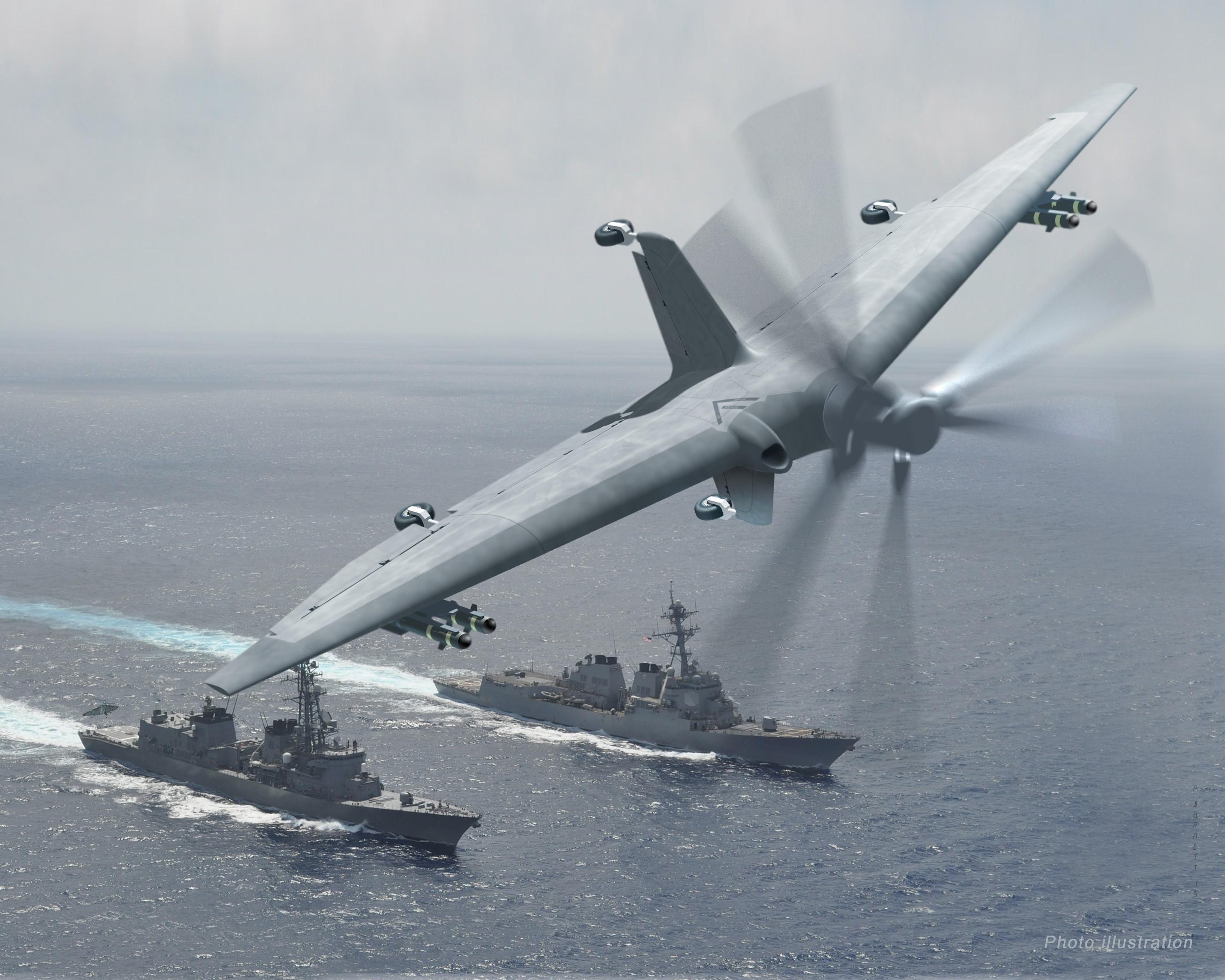
Northrop Grumman is to demonstrate a Predator-class medium-altitude, long-endurance unmanned aircraft able to operate from small-deck warships under a $93 million contract awarded Dec. 24 for Phase 3 of Darpa’s Tern program. Northrop’s design is a tailsitting flying-wing that takes off and lands vertically, with contra-rotating propellers providing lift and thrust in forward flight.
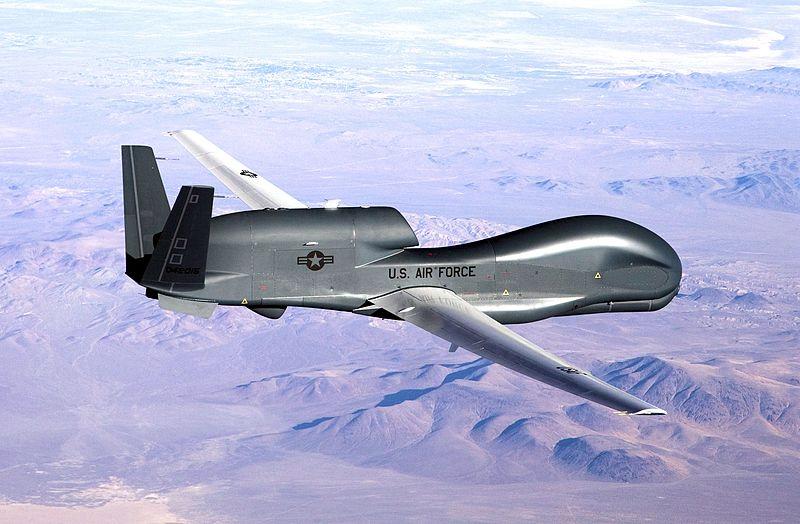
Japan in January included the purchase of Northrop Grumman’s RQ-4B Global Hawk high-altitude, long-endurance unmanned aircraft in its 2015 defense budget. Three Block 30 multi-intelligence aircraft are to be acquired, adding to four RQ-4B Block 30s ordered by South Korea at the end of 2014.
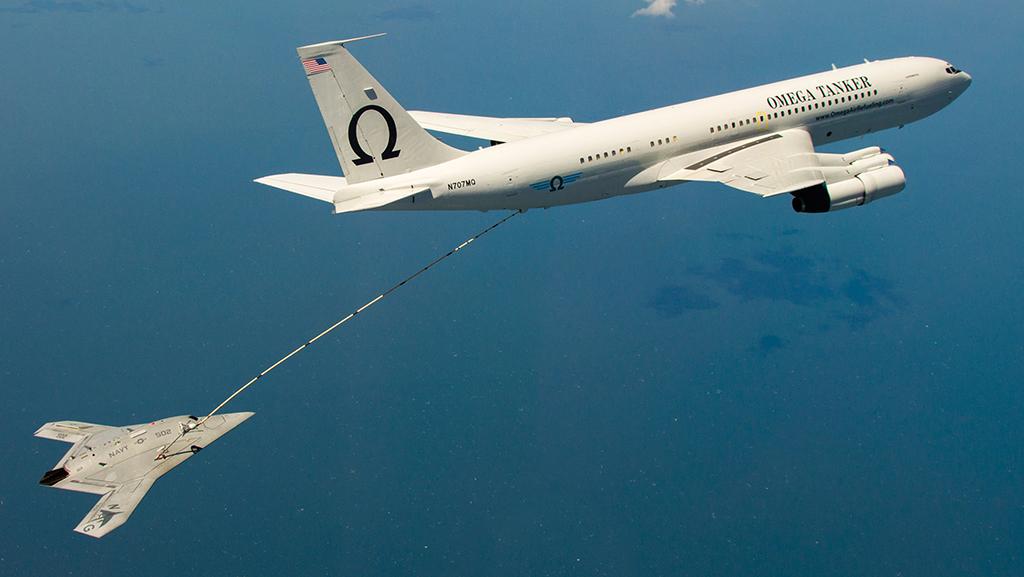
After completing the first unmanned arrested landings and catapult takeoffs on an aircraft carrier in 2014, the U.S. Navy’s Northrop Grumman X-47B unmanned combat aircraft demonstrator conducted the first-ever autonomous aerial refueling on April 22. The air vehicle automatically rendezvoused and received more than 4,000 lb. of fuel via hose-and-drogue refueling from an Omega K-707 tanker.
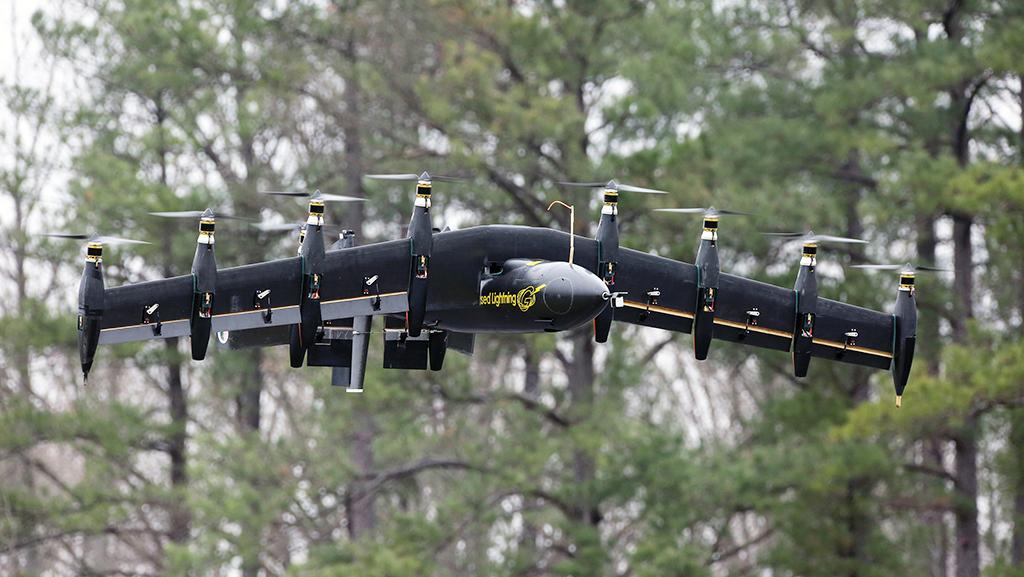
NASA Langley Research Center completed initial flight tests in April of a vertical-take-off-and-landing (VTOL) unmanned aircraft, the Greased Lightning GL-10, with 10 electric motors mounted on its tilting wing and tail. The GL-10 is a subscale flying model of an unmanned aircraft that would combine VTOL capability with long endurance thanks to a hybrid diesel/electric distributed propulsion system.
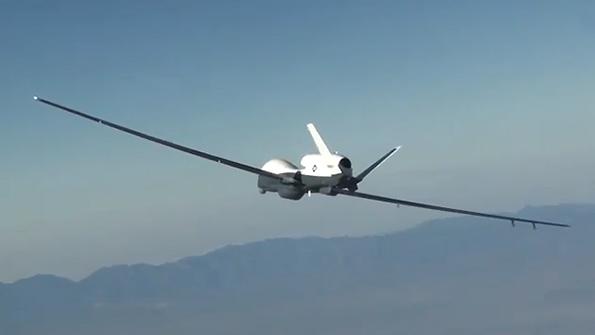
The U.S. Navy’s Northrop Grumman MQ-4C Triton broad-area maritime surveillance unmanned aircraft began test flights in April carrying the company’s Multi-Function Active Sensor, a 360-deg.-scan active electronically scanned array radar and its primary payload. A development of the RQ-4B Global Hawk, the land-based Triton is scheduled to achieve initial operational capability in 2018.
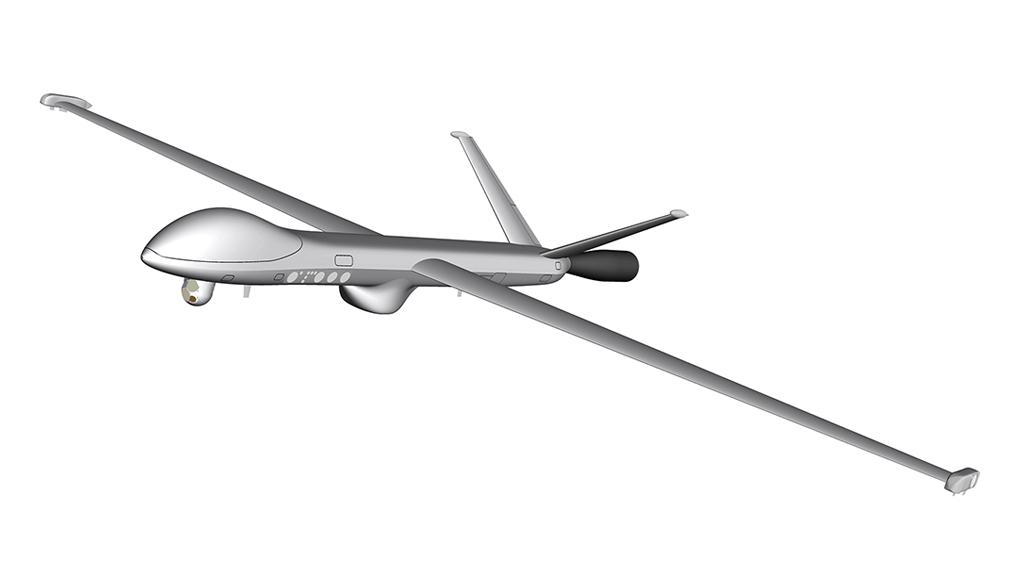
France, Germany and Italy in May agreed to conduct a two-year definition study for a European-developed medium-altitude, long-endurance (MALE) unmanned aircraft. The MALE 2020 project involves Airbus Defense and Space, Dassault Aviation and Alenia Aermacchi. Industry has proposed a joint development program that would lead to deliveries of a next-generation UAV in the early 2020s.
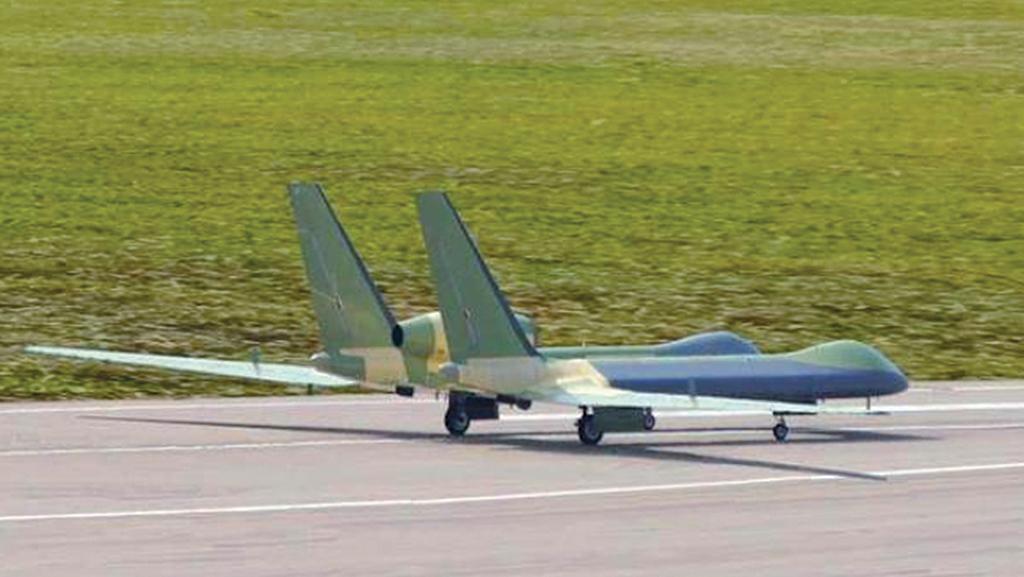
Images of China’s Divine Eagle high-altitude, long-endurance unmanned aircraft on the runway at Shenyang emerged on the Chinese Internet in May, following a reported but unconfirmed first flight in February. The Global Hawk-class UAV has a single jet engine, but dual radar-carrying fuselages joined by a canard surface at the front and a high-aspect-ratio main wing toward the rear.
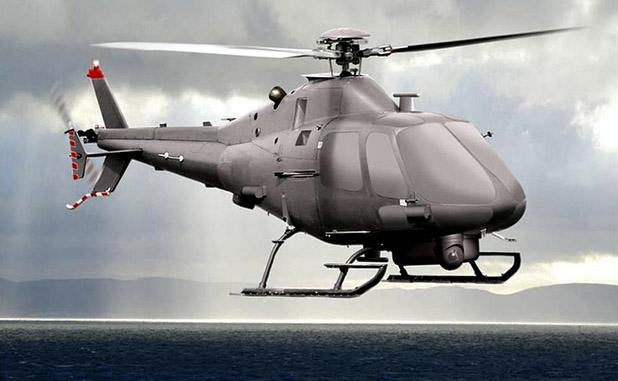
In May, AgustaWestland completed flight trials of the SW-4 Solo optionally piloted helicopter under the U.K. defense ministry’s rotary-wing unmanned aerial system capability demonstration. Tests included simulated automated deck landings using a moving trailer to replicate a frigate flight deck, and maritime and littoral reconnaissance missions under control from a ground station.
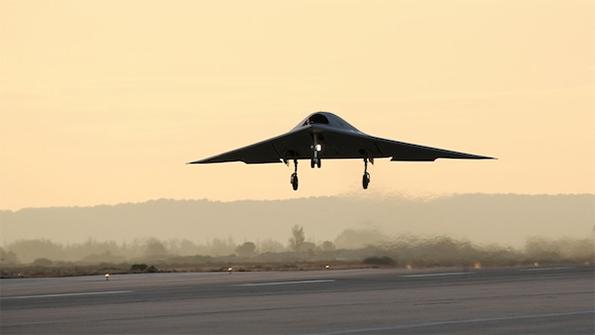
In August, Europe’s Dassault-led Neuron unmanned combat aircraft demonstrator completed flight tests in Sardinia, Italy, to verify the stealthy aircraft’s low radar cross section and infrared signature. The Neuron was flown against both ground-based and airborne “threat” radars. The program ended in September with low-observability and weapon-delivery test flights in Sweden.
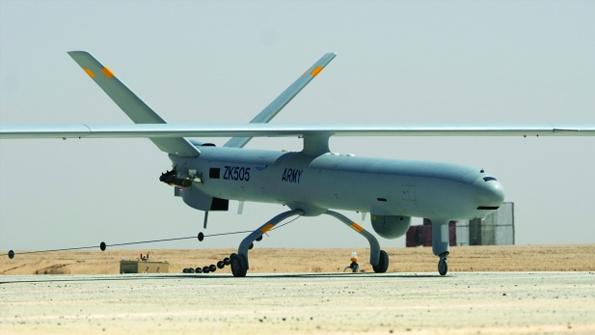
The first flight by an unmanned aircraft in U.K.-controlled and unsegregated airspace was conducted on Sept. 30 by Thales and air navigation service provider NATS. Over two flights, the Thales Watchkeeper UAV flew from West Wales Airport toward Cardiff, Wales, fully integrated with other traffic on airway Lima 9 and managed from NATS’s Swanwick London area control center.
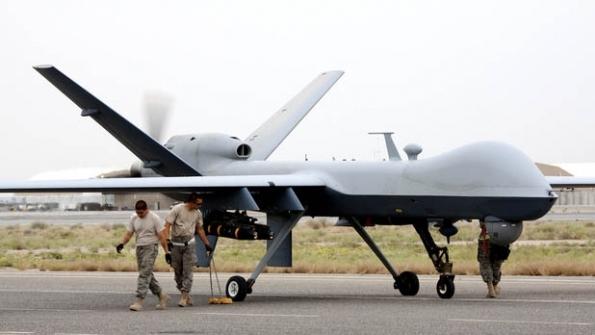
U.K. Prime Minister David Cameron announced in October that the Royal Air Force’s 10 medium-altitude, long-endurance General Atomics MQ-9 Reapers would be replaced with 20 unmanned aircraft with increased range and endurance under the Protector program. Subsequently the defense ministry indicated an improved version of the Reaper will be selected.
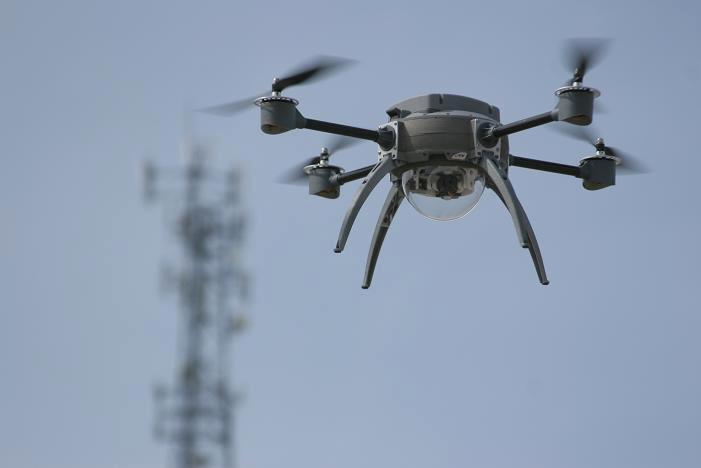
Faced with an explosion in the sale of small unmanned aircraft, and a dramatic increase in sightings by pilots near airports, the U.S. Transportation Department on Oct. 19 announced plans to require owners to register their aircraft. A task force was created to make recommendations on the scheme by Nov. 20, with the registration rules planned to be in place before the year-end sales rush.
In a year that is ending with a rushed effort to require buyers to register their “drones” in a bid to shore up U.S. airspace safety, rapid developments in the commercial market for small unmanned aircraft marked 2015, as innovation outstripped regulation. The military, meanwhile, fell back on improving what they have as new programs failed to materialize.
